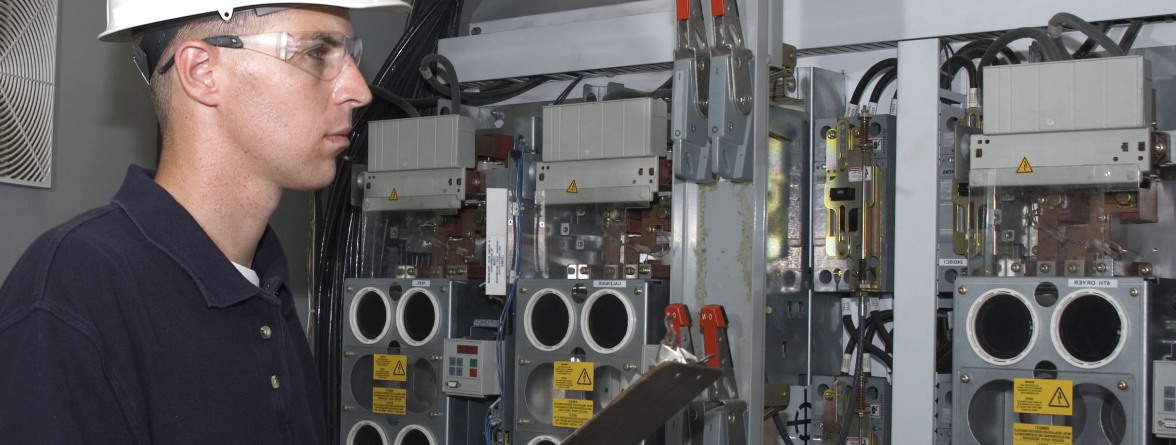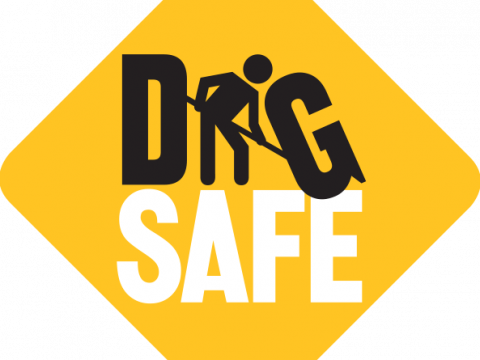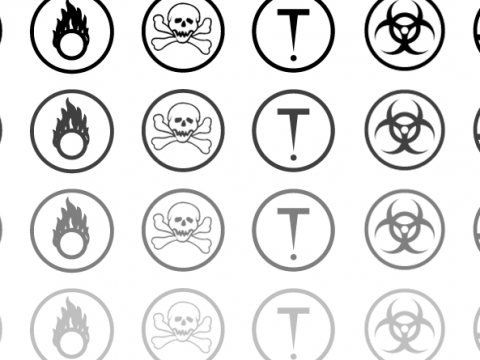CSA Z462: Preventing the Dangers of Arc Flash and Shock
CSA Z462 Workplace Electrical Safety, developed by the Canadian Standards Association (CSA), provides a set of requirements for the practical safeguarding of individuals that are exposed to electrical hazards in the workplace. One of the main concerns that this standard focuses on is arc flash and shock along with the preventative measures that should be taken to avoid the harm caused by working unsafely.
The best way to understand the importance of the guidelines provided in CSA Z462 is to first know what an arc flash is, what causes an arc flash, and from these understand the danger it poses:
-
What is an arc flash?
An arc flash is a sudden release of electrical energy through the air when a high-voltage gap exists and there is a breakdown between conductors. An arc flash gives off thermal radiation (heat) and bright, intense light that can cause burns and other injuries. Temperatures have been recorded as high as 35,000 degrees Fahrenheit. Exposure to these extreme temperatures burns the skin directly and ignites the clothing that you are wearing. High-voltage arcs can also produce considerable pressure waves by rapidly heating the air and creating a blast. This pressure burst, or arc blast, can hit a worker with grenade-like force and send metal droplets from melted copper and aluminum electrical components shooting out at speeds up to 700 miles per hour. Fast enough for the tiny shrapnel to penetrate your body.
-
What causes an arc flash?
An arc flash can be spontaneous, or can result from inadvertently bridging electrical contacts with a conducting object. Other causes may include dropped tools, the buildup of conductive dust, or corrosion.
-
Arc Flash Awareness
While great advances are being made to improve equipment design and thereby reduce the number of arc flash incidences, there is still much to be done. Each year, 2,000 workers are admitted to burn centers for treatment of severe arc flash burns.
Source: Electrical Safety Foundation International (ESFI)
Although ESFI only comments on the risk posed by high-voltage gaps, recent studies have shown that it is not just high-voltage installations that are capable of generating arc flash – system voltage as low as 120/208V, fed from a transformer 125KVA or larger, can also produce dangerous arc flash incident.
In Canada, CSA Z462 has been in use since January 2009, and has grown to be endorsed by many provincial health and safety regulatory authorities.
- Newfoundland and Labrador Occupational Health and Safety see CSA Z462 as the “how to” for the development and implementation of an electrical safety program that details how individuals will be protected from electrocution and arc flash hazards.
- In Ontario, the Electrical Safety Authority recommends reviewing and adopting CSA Z462’s safe work practices in order to protect individuals working for employers. The Ontario Ministry of Labour also refers to CSA Z462 as a source of best practices for certain workplace hazards and personal protective equipment (PPE).
- In British Columbia, WorkSafe BC recommends the use of CSA Z462 as a valuable resource when developing written safe work procedures, determining hazards, and necessary PPE.
- In 2015 Alberta Occupational Health & Safety has proposed formally adopting parts of CSA Z462 that deal directly with PPE. (Public consultation is open until January 31, 2015 by accessing http://work.alberta.ca/occupational-health-safety/ohs-code-public-consultation.html)
The impact of CSA Z462 is very important to employers, contractors, and individual workers. It addresses serious concerns regarding best practices for safe work, and should be important for both safety and due diligence in any workplace.
Resources:
- Newfoundland and Labrador Occupational Health and Safety Initiatives
http://www.servicenl.gov.nl.ca/ohs/initiatives.html - Electrical Safety Association of Ontario
http://www.esasafe.com/assets/files/esasafe/pdf/Improving-Electrical-Safety-for-Ontario-Workers.pdf - Ontario Ministry of Labour http://www.labour.gov.on.ca/english/hs/pubs/liveperformance/gl_live_application.php
- WorkSafe BC OHS Guidelines http://www2.worksafebc.com/publications/ohsregulation/guidelinepart19.asp
- Alberta Occupational Health & Safety OHS Public Code Consultation http://work.alberta.ca/occupational-health-safety/ohs-code-public-consultation.html






